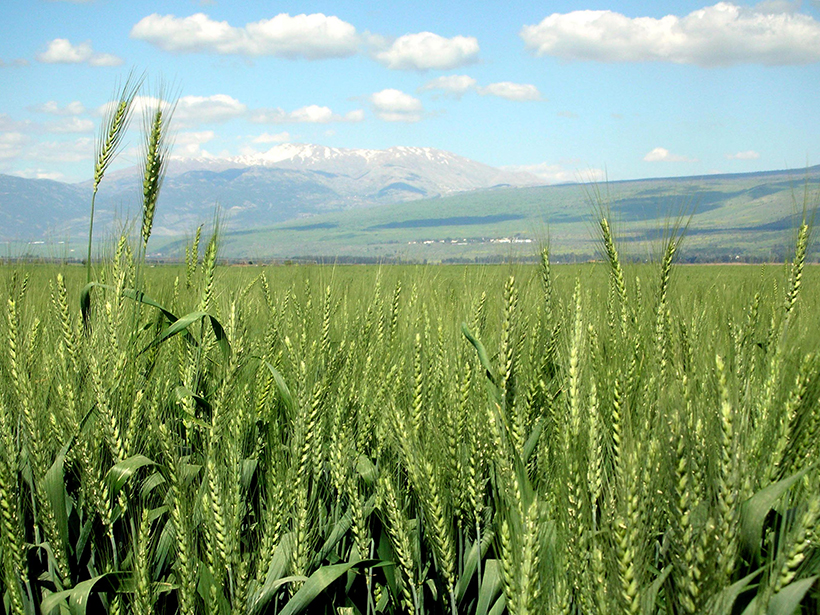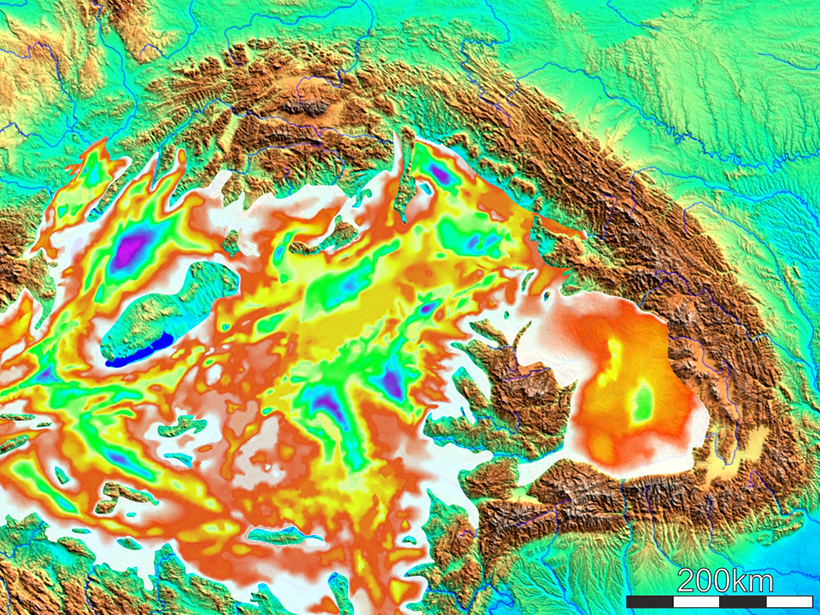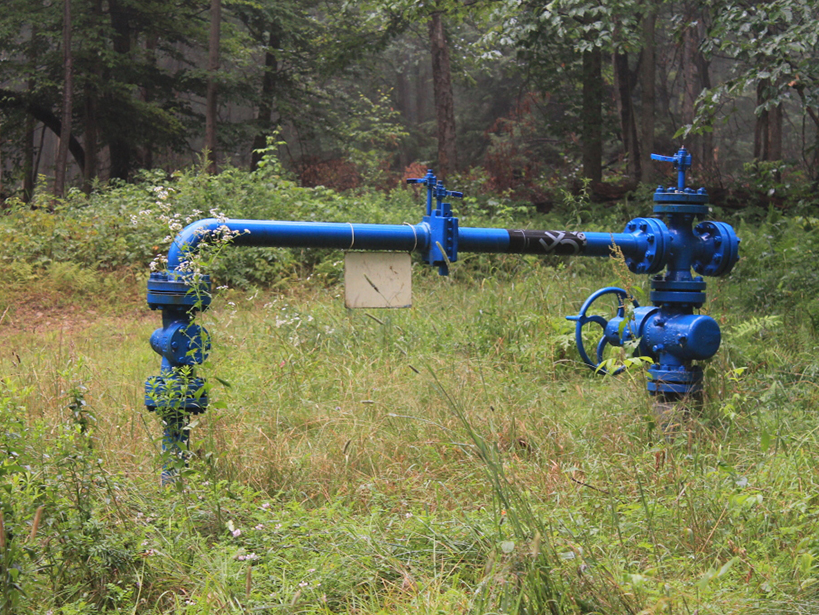Models showed that approximately 93% of crop losses over the rest of the century could be caused by non–carbon dioxide emissions, the most damaging of these being methane.
Research Spotlights
Research spotlights are plain-language summaries of recent articles published in AGU’s suite of 24 journals.
Unraveling the History of Central Europe's Pannonian Basin
A multidisciplinary model linking the sedimentary and tectonic histories of this structurally complex basin suggests that large amounts of extension occurred there between 20 and 9 million years ago.
Does Water Vapor from Volcanic Eruptions Cause Climate Warming?
By studying past volcanic eruptions, scientists find that the amount of water vapor reaching the stratosphere during moderately explosive eruptions may not be contributing to the greenhouse effect.
What Steers Antarctica's Largest Current?
Scientists have observed that pressure from current-seafloor encounters drives the direction of the massive Antarctic Circumpolar Current in the Southern Ocean.
Searching for Lightning's Signature on Venus
How energetic would lightning on Venus have to be to be detected by sensors? A new model sheds light.
What Happens to Methane That Leaks from Abandoned Wells?
Three-dimensional simulations suggest that some aquifers may be more vulnerable to contamination from leaky oil wells than others.
Rocks in Chile Help Scientists Hunt for Life on Mars
Investigating oxalate minerals in the Atacama Desert provides a terrestrial analogue to test techniques that could be used to study the carbon cycle in the cold deserts of Mars.
The Quest to Understand Reversals in Earth's Magnetic Field
A review of the major features of the geomagnetic reversals preserved in Earth's rock record helps to answer the question, Which data could advance our understanding of these poorly described events?
Cold Temperatures Set Off Slow-Moving Landslides
Falling ground temperatures in the cold season are found to trigger shallow, slow-moving landslides on slopes with clayey soil.
Minerals Hint at Liquid Groundwater, More Oxygen in Mars's Past
Manganese deposits in Gale Crater fractures are similar to Earth features that usually require flowing water and highly oxidizing conditions.









